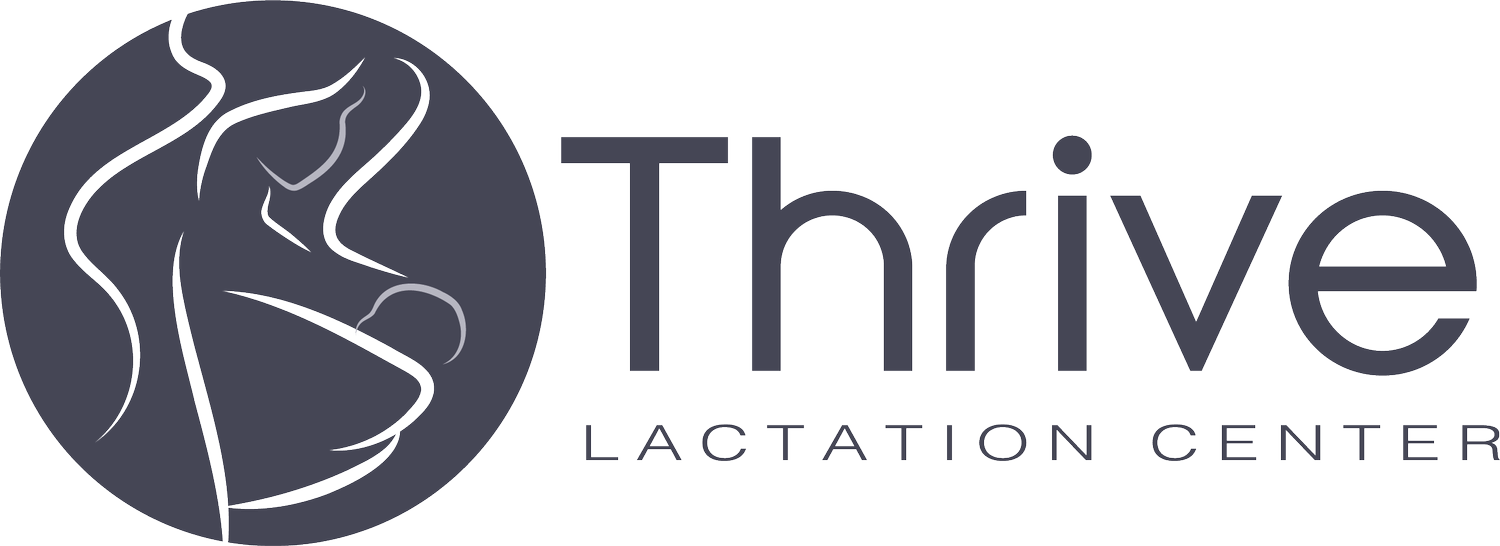What is Mastitis? Understanding the Condition According to the Academy of Breastfeeding Medicine
Mastitis is a common and often painful condition experienced by breastfeeding mothers. It involves inflammation of the breast tissue, often accompanied by infection. According to the Academy of Breastfeeding Medicine (ABM), mastitis can cause significant discomfort and disrupt the breastfeeding process, but with early detection and appropriate treatment, most mothers can recover quickly and continue nursing.
This post will delve into what mastitis is, the symptoms to look out for, causes, risk factors, prevention strategies, and treatment options based on guidelines from the ABM.
What is Mastitis?
Mastitis occurs when breast tissue becomes inflamed, which may lead to infection. This inflammation can cause pain, swelling, warmth, and redness in the breast. In some cases, it can be accompanied by flu-like symptoms such as fever, chills, and fatigue. The condition typically affects one breast at a time, although it can occur in both breasts.
Mastitis can be divided into two categories:
Non-infective mastitis: This involves inflammation without an active infection, often caused by milk stasis (blocked milk ducts).
Infective mastitis: This occurs when bacteria enter the breast tissue, leading to infection. It is usually due to bacteria from the baby’s mouth entering the breast through a cracked nipple.
Symptoms of Mastitis
The symptoms of mastitis can develop suddenly and may include:
Breast pain and tenderness: The affected area feels sore, especially when touched.
Redness and swelling: Part of the breast may appear red, swollen, and feel warm to the touch.
Lump or hard area: A blocked duct may cause a lump to form in the breast.
Flu-like symptoms: Fever, chills, fatigue, and body aches may occur.
Decreased milk supply: The milk supply from the affected breast may drop temporarily.
It’s important to address symptoms promptly, as untreated mastitis can lead to complications such as an abscess, which may require surgical drainage.
Causes and Risk Factors
The ABM identifies several common causes and risk factors for mastitis:
Milk Stasis
Milk stasis occurs when milk is not being removed efficiently from the breast. This can happen if a baby has a poor latch, if breastfeeding sessions are skipped, or if the mother’s milk supply is suddenly reduced. Milk stasis can lead to blocked ducts, increasing the risk of inflammation and infection.Cracked or Damaged Nipples
Bacteria can enter the breast through damaged nipple skin, leading to an infection. Engorgement or poor latch during breastfeeding often causes nipple damage.Pressure on the Breast
Wearing tight bras, sleeping on your stomach, or using baby carriers that press against the breast can inhibit milk flow and increase the risk of blockages.Stress and Fatigue
High levels of stress and physical fatigue can compromise the immune system, making mastitis more likely to develop.Previous Episodes of Mastitis
A history of mastitis may increase the likelihood of future occurrences.
Preventing Mastitis
While mastitis is sometimes unavoidable, the ABM offers several strategies to help reduce the risk:
Maintain a Regular Feeding Schedule
Avoid long gaps between breastfeeding sessions. Feed on demand and try to empty the breast fully to prevent milk stasis. If the baby is not nursing effectively, consider using a breast pump to ensure milk removal.Practice Good Latch Techniques
Ensuring your baby has a proper latch can help minimize nipple trauma and allow for efficient milk transfer. If you are unsure about the latch, seek advice from a lactation consultant.Avoid Pressure on the Breasts
Wear properly fitting bras and avoid clothing that puts pressure on the breast. Try to change sleeping positions if you often sleep on your stomach.Take Care of Your Nipples
Keep nipples clean and dry between feedings. Use a lanolin cream or breast milk on cracked or sore nipples to help them heal.Stay Hydrated and Rested
Prioritize self-care, including drinking plenty of fluids and getting adequate rest, to support your immune system.
Mastitis and Breastfeeding Continuation
Despite the discomfort, the ABM strongly advocates for continuing to breastfeed during a mastitis episode. Regular milk removal is essential for recovery and maintaining milk supply. Mothers may notice a temporary drop in milk production from the affected breast, but it often rebounds once the mastitis resolves.
Conclusion
Mastitis is a manageable condition that can be effectively treated with prompt intervention and proper breastfeeding management. Understanding the symptoms, causes, and treatment options can help mothers reduce the risk of mastitis and seek timely care if it arises. By following the guidelines from the Academy of Breastfeeding Medicine, breastfeeding mothers can navigate mastitis while continuing to nourish their babies.
If you suspect you have mastitis, consult with a healthcare provider or lactation consultant to receive the appropriate treatment and support. Remember, you’re not alone in this journey, and there are resources available to help you recover and continue breastfeeding comfortably.

